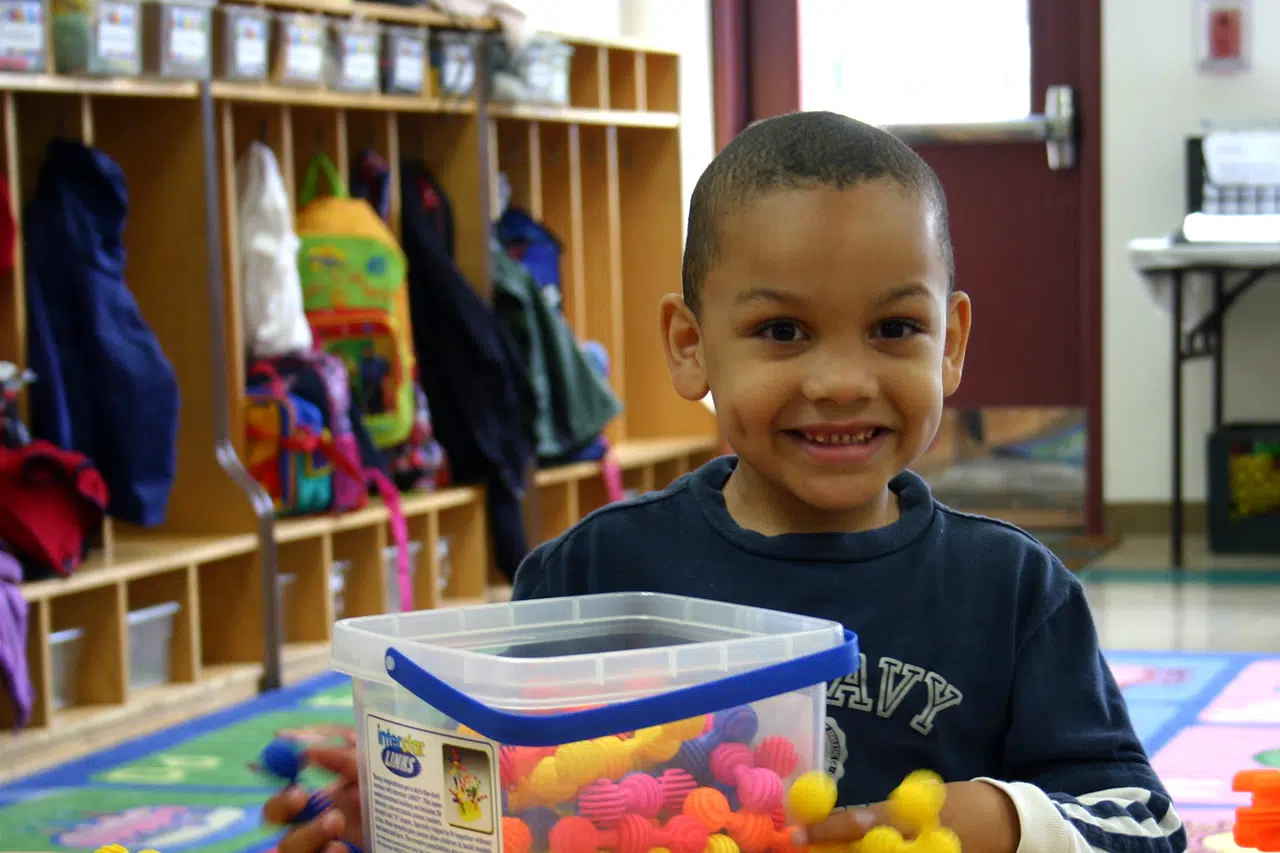
Red Deer Public Schools questions effectiveness of province’s Classroom Improvement Fund
School divisions and students across the province are seeing positive impacts from money agreed upon in a deal reached last year between the Government of Alberta and Alberta Teachers’ Association.
The $75 million Classroom Improvement Fund was split between all school districts in Alberta with the purpose of improving the classroom experience for all students.
But one local school division says while they were able to do some good things with the money, it represents a failing of the way teacher contracts are negotiated.
Red Deer Public Schools Board Chair Bev Manning says the $75 million was used as a way to ‘seal the deal’ between the province and teachers, and could better benefit students if school boards could negotiate with teachers on a local level.


